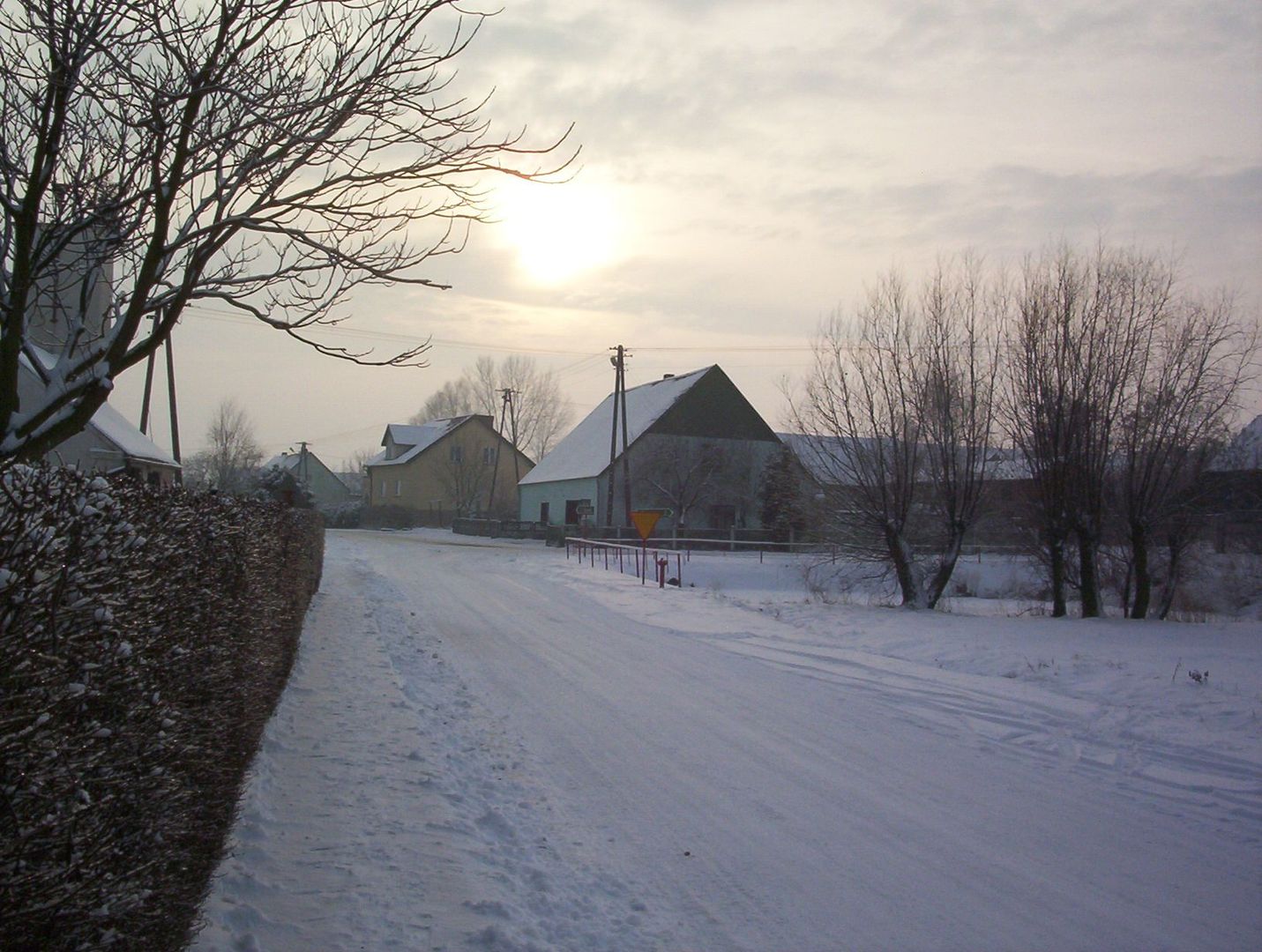Kluczewo
6.28

Overview
Kluczewo is a village with a rich history, located in the Greater Poland Voivodeship, in the Wolsztyn County, near the Przemęt Landscape Park. Its origins date back to the Middle Ages, with the first mentions of the settlement from 1210, when it was granted to the Cistercian monastery in Thuringia by Prince Władysław Odonic. The village was known as a princely and later noble estate, associated with the Kluczewski family, which gave it its name. Kluczewo was part of the Przemęt opole, which had its roots in a tribal-era kinship-territorial community.
In the Middle Ages, the village witnessed numerous transactions and legal victories concerning its owners, including Awstacz of Kluczewo and Wojciech Sczedrzyk Kluczewski. Over the centuries, the locality changed hands among various owners, including the Wilkowski and Konarzewski families. Social phenomena, such as expropriations during World War II, affected the population of Kluczewo, which numbered 1,008 in 1939 and dropped to 592 after the war.
Architecturally, the village boasts a historic manor house, which was in ruins for years but has recently been restored by a new owner using old photographs. This site, once transformed into a labor camp, now forms part of the local cultural heritage. Culturally, the village has educational traditions, with the first school established in 1819. Over the years, the school underwent various changes; it was closed during the occupation, and in 1943, a German primary school was opened. After the war, teaching resumed in Polish, and today the primary school in Kluczewo educates about 100 students. Kluczewo, marked by turbulent historical events, has preserved its traditions and architecture, becoming a place with an interesting cultural and historical heritage. Another fascinating aspect is the region's rich archaeological heritage, with discoveries dating back to the 7th–11th centuries, indicating habitation long before the first written records.
Location
2025 Wizytor | All Rights Reserved